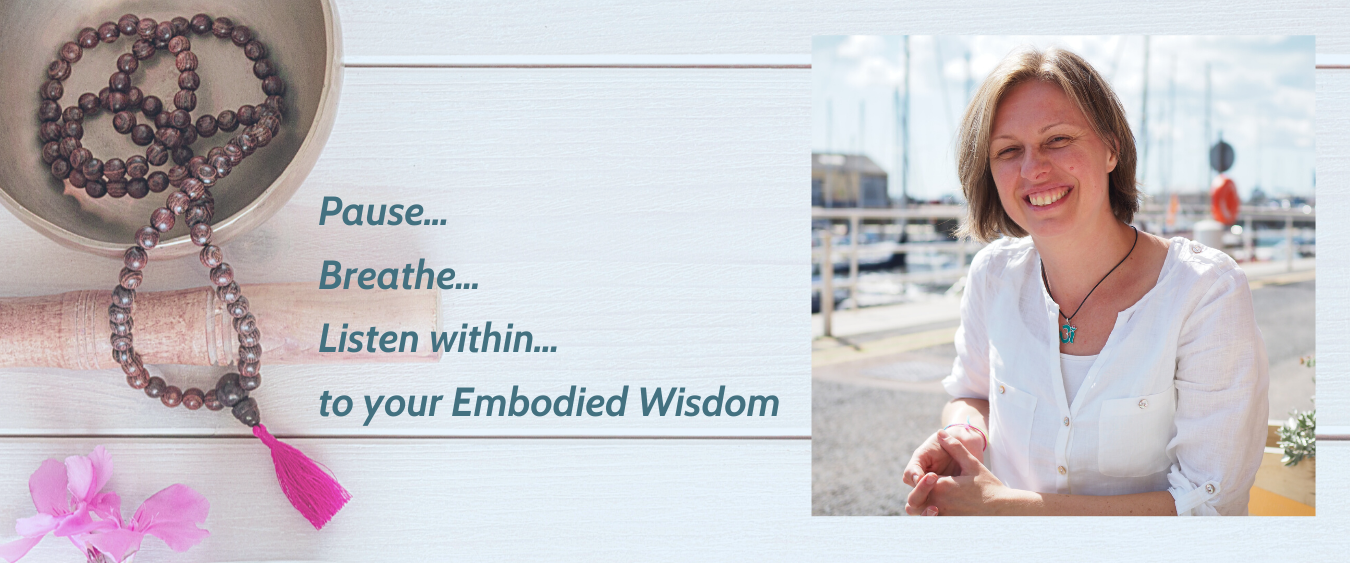5 tips for dealing with the current lockdown – especially if you’re getting triggered by the current situation
We all know how important it is to connect with your body and it’s wisdom, and how compassion helps us to be kinder to ourselves and others.
But in my experience we often struggle with how to do it in practical terms. This is why even though we know it is good for us but we don’t do it.
This is why somatic practice is everything. Otherwise it’s just a lovely sounding theory.
So here are 5 steps for managing current situation.
They can be life changing – I know because they keep me sane and safe on a daily basis. But don’t take my word for it – try them out for yourself and see how you feel after practicing them.
And remember – it’s a practice.
If you are new to this kind of practices it will feel strange. Be curious about it.
If it becomes too intense – stop and come back to it later.
Over time these practices will become more familiar and a place of inner refuge.
.
Slow down and reconnect within your body
Take time to slow down a little.
Take a pause to notice your body and breath.
Relax your belly and take a few slower breaths into your belly.
Or if this is difficult then move your body – in any way that feels right for you right now.
You can even make some noise out loud as you move.
Sit down or lie down and allow your body to relax into the support underneath you.
Allow the weight of your body to be physically supported feeling the stability of the ground underneath you.
Move your shoulders and neck around allowing yourself to experience all different sensations within your body.
Or roll around on the floor opening and curling your body.
Explore what your body needs right now – what is your body story in this moment?
.
Acknowledge your feelings and inner experience with curiosity
Ask yourself – what am I feeling right now?
Scan your torso from your neck to your pelvis and notice any feelings.
Acknowledge all your feelings by saying: ‘something in me is feeling … (angry, sad, worried, anxious, exhausted, etc) – instead of I’m angry, I’m sad.
Notice how feelings often come with sensations in your body. There might be tightness in your stomach – and also fear gripping your stomach. Or choking sensation in your throat and anger being present there.
Be open to what is present within your inner experience without having to change it, fix it or deny it.
Allow those feelings and sensations to be here and give them some space to tell you what is going on from their perspective. Can you listen without doing anything with them? Can you let them be here without jumping into fixing?
Notice what thoughts are present in your mind. What story is your mind telling you? Is it a familiar story? Can you observe it with curiosity?
.
Be kind and compassionate towards yourself and your inner experience
Can you shift into holding the whole of your experience – body sensations, feelings and thoughts – within your compassionate embodied self?
Can you hold all different parts of your experience within a safe container?
What do you need right now in order to be able to do it?
.
Connect with others for co-regulation
Reach out to somebody who you feel safe with and you know that can hold a safe and compassionate space for you.
And from your compassionate embodied self offer this safe and compassionate space to others.
.
And if you are a yoga teacher and want to learn about trauma-informed yoga with focus on resilience and embodiment check out the available CPD and 50-hour accredited trainings at YOGA SCHOOL page.















